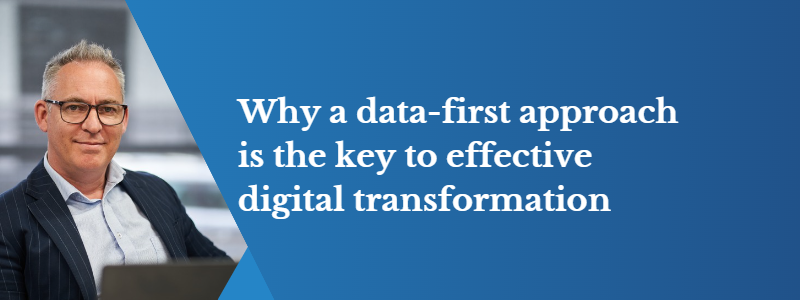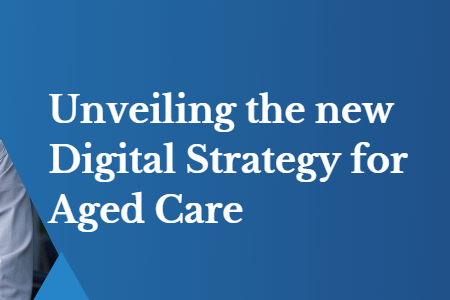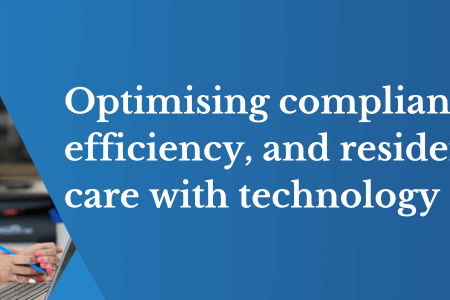Technology is the how, but data is the why
August 13, 2024 | Data

By Andrew Farmer, CEO and Partner
Ongoing reforms, increased information requests, and heightened expectations for interoperability are common themes in the technology considerations for today’s aged care sector. As providers navigate this, there is a key consideration that often gets overlooked: the primary role of data over the functionality of the technology systems that captures and typically stores it. Before making decisions on purchasing technology, providers should consider what their data needs to do for them. Focusing on data first can change the way technology investments are made (and even whether they are made at all) ensuring that the data is able to be drawn out and is purposeful and effective in solving their real-world problems.
The data-first approach
Given the pace of innovation and technology, it is tempting to jump on the latest digital trends. However, residential aged care leaders should take a step back and assess their data needs before investing in new tech systems. Data is the lifeblood of any digital transformation effort, and understanding its role is vital for driving productivity and value.
Luke Benson from Blue Bike, who collaborates with several large-aged care providers, told us the number one mistake many providers make is focusing on technology before understanding their data requirements. “Too often, providers invest in new systems without a clear strategy for how the data will be used to improve outcomes. This leads to fragmented systems and underutilised data, which can hinder productivity rather than enhance it.” You can hear more from Luke at our webinar How technology and data are transforming the future of Aged Care.
Evaluating current systems and data strategies
A critical first step in any digital transformation journey is evaluating current state. Assess why you are thinking of changing a system. Is it because your current systems are not performing optimally and in what way?. This involves not only looking at the functionality, usability and cost of the technology but also understanding how well it integrates with other systems and whether it supports effective data management.
In many cases, the problem with the system is a data problem and not a technology problem. Extracting valuable insights or meeting compliance reporting requirements may lead providers to consider changing their systems when what is actually required is a robust data strategy to extract the data to an extgernal repository and have far more flexibility to meet reporting obligations efficiently. This may sound obvious or similar to the BI reporting processes that are already quite common place but we are talking about more than that. Data warehouses can hold key performance data but often do not hold all of a systems data so can not to broad operational reporting and be flexible enough for changing requriements. By leveraging data effectively outside of vendor systems, providers can enhance efficiency, visibility, and overall value from their data and also take advantage of new technologies like Artificial Intelligence (AI).
The role of AI
AI is poised to play a significant role in the future of aged care from predictive analytics to personalised care plans. Successful implementation however requires a thoughtful approach to data because the AI models require well structured data and lots of it. With access to the right standardized data sets, from multiple systems including the clinical system, providers are starting to look at how AI can be used to drive productivity and better consumer outcomes across the organisation as they enhance human judgment.
Challenges and solutions
As a heavily regulated sector, we face several challenges on the road to digital transformation. Providers have many immediate challenges reducing manual reporting for Quality and Funding Reports (QFRs), Compliance to new Standards and Aged Care Act including Monthly Care Statements, expanding National Quality Indicator Program (NQIP), and changing Care Minute targets and compliance expectations. Manual reporting is time-consuming and prone to errors, making it a significant pain point for many providers. All of these challenges will be made simpler, faster and therefore more efficient by well managed data and the use of AI.
By focusing on data first and technology second, providers can ensure that their digital initiatives are purposeful and effective. To learn more on this, watch our webinar recording How data and technology are transforming the future of aged care.

